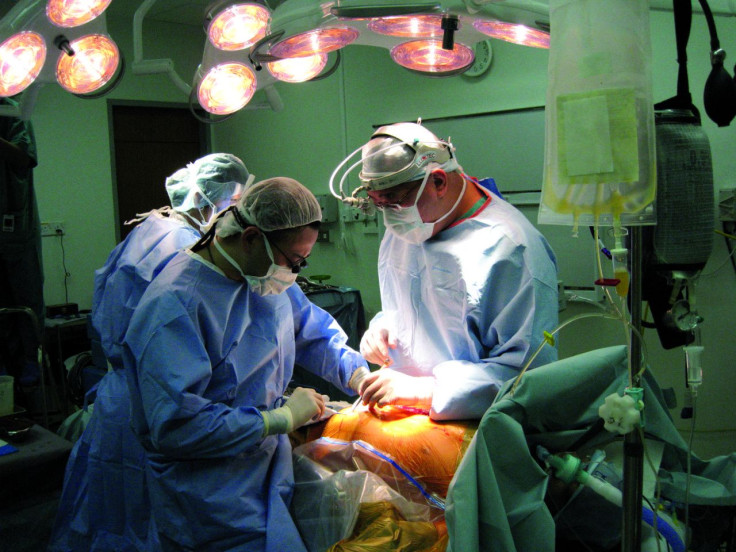Next Regeneration: Artificial Livers May Soon Be Ready For Transplant

Long have researchers been tantalized by the promise of generating artificial liver tissue for transplantation.
Unlike other organs, the liver can regenerate itself when part is removed — but only within the body. Once taken from the body, mature liver cells known as hepatocytes quickly lose their ability to function. "It's a paradox because we know liver cells are capable of growing, but somehow we can't get them to grow" outside the body, Sangeeta Bhatia, an engineer at MIT, told reporters.
A professor of health sciences and technology, electrical engineering, and computer science, Bhatia is a senior associate member of the Broad Institute, which focuses on the molecular underpinnings of disease. She is also a member of the university's Koch Institute for Integrative Cancer Research and Institute for Medical Engineering and Science. On Sunday, Bhatia and her colleagues published a paper in Nature Chemical Biology, identifying a dozen chemical compounds that help liver cells not only maintain normal function while grown in the laboratory but also to produce new tissue.
The breakthrough may help researchers develp engineered tissue to treat people suffering from chronic liver diseases such as hepatitis C, all of which affect approximately one of every 14 people on the planet.
A complex organ, the liver serves some 500 functions, divided into four general categories, including drug detoxification, energy metabolism, protein synthesis, and bile production. David Thomas, an associate researcher at the Broad Institute, measured expression levels of 83 liver enyzmes representing some of the trickiest functions for the liver to maintain. After screening thousands of hepatocytes from eight different tissue donors, investigators identified a dozen compounds that help cells maintain those functions, help to regenerate cells, or both. They managed to adapt the system so that liver cells grew in small depressions in a lab dish, allowing researchers to rapidly study how 12,500 different chemicals affect hepatocyte function and regeneration.
When two of the compounds appeared to work especially well in cells from younger donors, investigators then tested them in liver cells generated from induced pluripotent stem cells. Though previous attempts with such stem cells had failed to generate mature liver cells, the compounds got the job done. Bhatia and her colleagues now wonder whether the compounds might work to help mature other types of cells, too.
As other scientists investigate that question, the MIT team plans next to embed the treated liver cells on scaffolds of polymer tissue for implantation into mice, to test whether they might be suitable for liver tissue transplants. They also plan to investigate whether they can use the compounds to develop drugs that would help regenerate liver tissue within the body, without a trasplant operation.
The MIT researchers collaborated with scientists at Harvard University and the University of Wisconsin on the project, which received funding from the National Institutes of Health.
Source: Shan, Jing, Stevens, Kelly R., Trehan, Kartik, Underhill, Gregory H., Chen, Alice A., Bhatia, Sangeeta N. "Hepatic Tissue Engineering." Nature Chemical Biology. 2013.



























